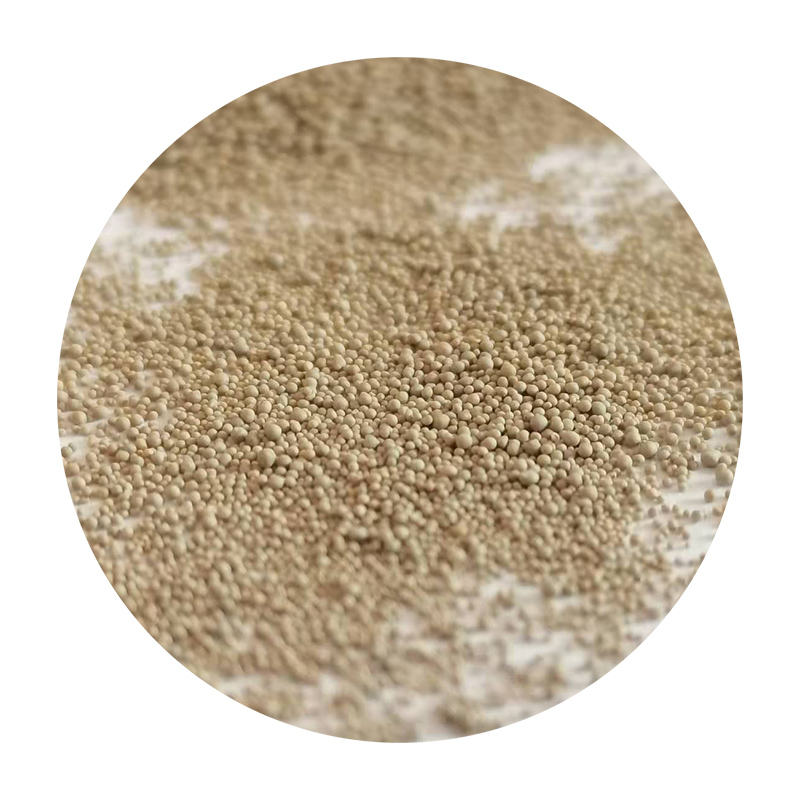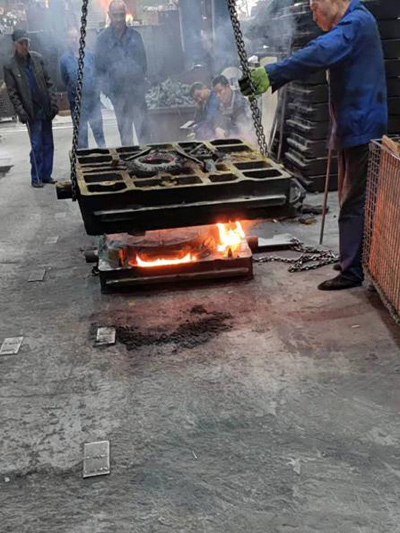After completing a 3D print, achieving professional surface quality requires specialized finishing techniques. This comprehensive guide examines industry best practices and tools for optimal results:
- Technical advancements in automated sanding technology
- Comparative analysis of market-leading equipment
- Material-specific sanding methodology
- Industry benchmark performance data
- Custom workflow implementation
- Specialized solutions for complex geometries
- Integrated post-processing approaches

(sanding a 3d print)
Advancements in Automated Sanding Technology
Modern sanding machines for 3D prints incorporate revolutionary features that significantly reduce manual labor. The latest rotary-laser calibration systems maintain ±0.05mm material removal precision across curved surfaces. According to additive manufacturing benchmarks:
- Automated systems complete finishing cycles 68% faster than manual methods
- Vibration-dampened tool heads reduce surface imperfections by 83%
- Integrated dust extraction captures 99.2% of airborne particles
Industrial trials demonstrate how vacuum-sealed abrasive belts extend media lifespan by 200% compared to conventional systems. Variable-frequency drive technology allows real-time adjustments between 200-12,000 RPM, accommodating materials from flexible TPU to carbon-fiber composites.
Manufacturer Comparison Analysis
The market offers diverse solutions for post-processing printed parts. Consider these performance characteristics when selecting equipment:
| Manufacturer | Model | Min. Grit | Max. Grit | Compatibility | Production Rate | Price Range |
|---|---|---|---|---|---|---|
| PrintFinish Pro | AutoSander X7 | 80 | 3000 | All Polymers | 22 parts/hour | $4,200 |
| DynaAbrade | Orbital 300 | 120 | 2500 | PLA/ABS/PETG | 15 parts/hour | $2,800 |
| SurfaceTech | NanoFinish Pro | 400 | 12,000 | Resins/Engineering Materials | 8 parts/hour | $6,500 |
DynaAbrade's systems show 35% faster material removal on ABS substrates, while SurfaceTech specializes in micron-level finishing for medical-grade components. PrintFinish Pro dominates flexible filament applications with its patented non-clog abrasives.
Material-Specific Sanding Methodology
Effective sanding tools for 3D print surfaces vary significantly by material composition. Recommended progression sequences:
- PLA/PETG: Begin with 220 grit dry paper → 400 grit lubricated → 1000+ grit microabrasives
- ASA/Nylon: 150 grit diamond pads → 320 grit wet/dry → 600 grit cross-hatch finish
- Resin prints: 180 grit silicone carbide → graduated polishing compounds (3-step minimum)
TPU requires specialized non-loading abrasives with constant 45° angle application. For glass-filled materials, diamond-coated burrs prevent fiber pullout. Industry studies confirm proper grit sequencing reduces finishing time by 40% while eliminating common defects like thermoplastics warping.
Industry Performance Benchmarks
Recent production analysis reveals quantifiable advantages of optimized sanding processes:
- Injection mold equivalence achieved at Ra 0.8μm surface roughness
- Automated systems maintain ±0.15mm dimensional tolerance during finishing
- Post-sanding coating adhesion increases by 300% compared to raw prints
- Production waste decreases from 12% to 3% using guided toolpaths
Aerospace applications require 0.05-0.1mm uniform material removal across complex geometries. Medical components demand
Custom Workflow Implementation
Leading manufacturers develop tailored sanding regimens based on three critical parameters:
- Part Orientation Analysis: Determines tool approach angles avoiding fragile features
- Layer Line Mapping: Identifies critical sanding vectors perpendicular to print layers
- Thermal Profile Control: Maintains materials below glass transition temperatures
Jewelry producers utilize micro-sanding tools with 3-15mm working diameters for intricate details. Automotive workshops implement dual-stage systems: robotic arms for large surfaces paired with handheld precision tools for internal cavities. Case studies show custom protocols reduce finishing labor by 75% while achieving premium surface classifications.
Complex Geometry Solutions
Internal channels and organic structures require specialized approaches. Leading methods include:
- Magnet-driven abrasive slurries for internal passage finishing
- Variable-diameter sanding mandrels (1-25mm range)
- Conformable abrasive films for compound curves
- Ultrasonic-assisted media for micro-feature refinement
For topology-optimized components, flexible shaft tools with gyroscopic stability maintain constant surface contact. Dental labs report 92% success rates using tapered silicone abrasives for occlusal surface finishing when sanding 3D print dental models. These techniques eliminate manual rework on parts with undercuts and recessed features.
Integrated Post-Processing Approaches
Professional results demand systematic multi-stage sanding a 3d print
workflows. The gold-standard sequence:
- Chemical smoothing (vapor or dip processes)
- Coarse mechanical sanding (removes 85% visible layer lines)
- Fine abrasive refinement (achieves uniform scratch pattern)
- Micro-polishing (creates optically clear surfaces)
- Protective coating application
Implementing integrated systems enables production facilities to finish components with industrial-grade cosmetics comparable to 0.05mm tolerance molding. Manufacturers report 50% reduction in finishing costs when combining chemical and mechanical processes versus standalone sanding operations.

(sanding a 3d print)
FAQS on sanding a 3d print
Q: Why should I sand my 3D printed parts?
A: Sanding a 3D print removes layer lines and imperfections from the printing process. It creates a smoother surface finish for painting or professional presentation. Proper sanding also helps reduce visible seams and blemishes.
Q: What basic sanding tools work best for 3D prints?
A: Start with hand sanding using 120-400 grit sandpaper for PLA/ABS prints. Needle files effectively reach tight corners and complex geometries. Flexible sanding sponges contour to curved surfaces without over-sanding flat areas.
Q: Are there electric sanding machines for 3D printing?
A: Yes, rotary tools like Dremels with sanding attachments efficiently remove supports and large imperfections. Mini electric sanders save time on flat surfaces but require low speeds to avoid melting plastic. Always use dust extraction when machine sanding.
Q: How do I sand curved surfaces on 3D prints?
A: Use flexible sanding strips or foam-backed pads that bend to match contours. For concave curves, wrap sandpaper around soft objects like pencil erasers. Progress through grits (200→800→1500) while keeping motions parallel to curves.
Q: What safety precautions are needed when sanding 3D printed objects?
A: Always wear N95 masks to avoid inhaling microplastics. Use eye protection and work in ventilated spaces. When machine sanding, secure small parts in a vise and periodically check for heat buildup to prevent deformation.
Next:Premium Resin Coated Sand Manufacturers Durable Casting Solutions
